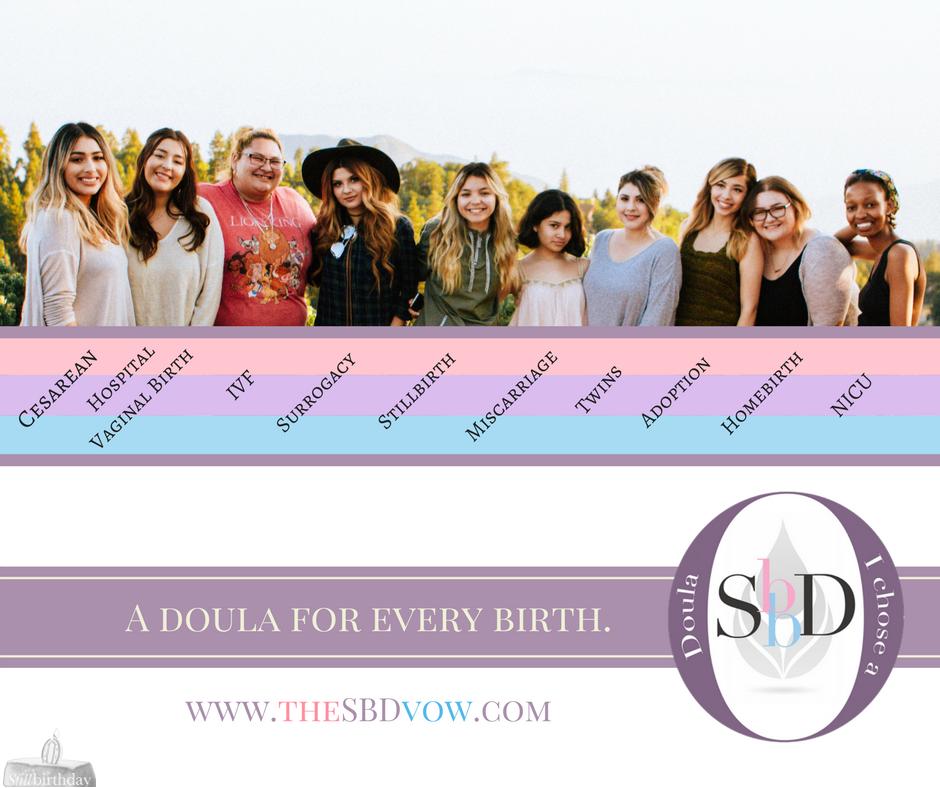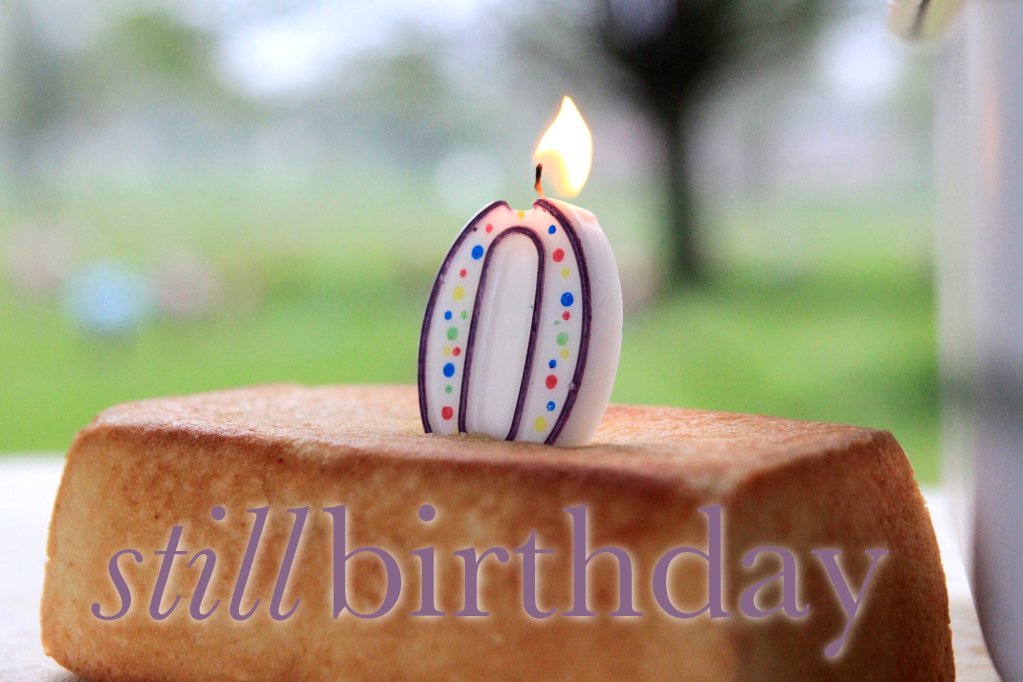This article works in conjunction to our article that describes what to expect from the appearance of your baby, and the condition of your baby’s skin. Please see The Skin of Your Stillborn for additional information.
Even the smallest of babies can benefit from a bath of sorts – babies born before ossification begins (approximately 16 or 17 weeks gestation and younger), can be gently placed in a clear container of saline water, which can allow the parents to hold and bond with their baby without damaging the physical form, and, this water can help restore a visible “fullness” of the physical form. You can visit our early pregnancy at home birth plan for more information.
Related: How to Photograph a Baby Not Alive
Caregivers often are concerned about showing a stillborn baby to the parents, because of the compromised condition of the baby’s body. A baby who has been dead in utero for even a short time can have macerated and discolored skin and a misshapen head. Cleansing the skin of the compromised baby often may be viewed as adding more injury because the skin will slip even farther if a wash-cloth is used. The following information gives practical suggestions on how to care for a macerated stillborn infant.
1. Place the baby into a bath basin of warm bath water which has had baby shampoo added (I like to add Serenity essential oil).
2. Squeeze a washcloth with this shampoo water over the baby’s body; do not rub.
3. With gloved hands, place baby shampoo in hands and gently glide over the stillborn’s body to remove all drainage. Shampoo the hair gently also.
4. Next take the baby out of the shampoo water and discard the bath water. Rinse the soapy water off the baby by placing in a basin of warm water or by holding the baby under a gentle stream of warm running water from the faucet.
5. Take the baby from the rinse water and place on absorbent towels or underpads. Dab with a soft cloth, such as a Chix, to dry the baby – do not rub.
6. Place Vaseline gauze over macerated areas and hold in place with dry gauze wrap.
7. Transparent dressings (i.e. Opsite or Tegaderm) can be used over macerated areas if the skin next to these areas is intact. This type of dressing can be used over a weeping autopsy incision as well.
8. Dry ear canals and nostrils with Q-tips, gently.
9. If nostrils continue to seep fluid, place a small amount of petroleum jelly into each nostril. This will give shape to the nose and prevent further seepage.
10. Choose clothing that opens completely from the front or back. The important thing is to have clothing that promotes the least amount of handling and rubbing of the stillborn’s skin. The least amount of handling prevents further skin slippage.
11. Parents appreciate their baby dressed in blue clothing for a boy and pink clothing for a girl. Sometimes only blue or pink blankets may be available; use the appropriate color.
12. Diaper the baby.
13. Use a baby brush or comb to comb the baby’s hair. A bow can be placed in a baby girl’s hair by placing a small amount of petroleum jelly on the back of the bow to hold the bow in place. Give the comb or brush to the parents for a memento.
14. Snip a lock of hair from the back of the baby’s head for the parents’ baby book. Be sure this is within the family’s culture or belief before providing this memento.
15. If the baby’s head is misshapen, find a cap or hat that when tied under the chin makes the baby’s face appear more round. Fill in areas of the hat with gauze or cotton balls if more roundness is needed.
16. When taking the stillborn baby to the parents, line the baby blanket with absorbent underpads so any further weeping can be collected in the underpad without saturating through the baby blanket. Spraying the underpads and the blanket with a commercial baby powder freshener gives a pleasant baby scent memory and lasts longer than baby powder.
How to Take Photos of a Stillborn Baby
17. Take pictures of the baby clothed and unclothed in uncluttered backgrounds. Sinks, garbage cans, cleansing equipment do not provide backgrounds for memories. Remember whatever you see in the camera viewfinder will be in the picture.
How to Position a Stillborn Baby in the Morgue
18. Positioning the baby in the morgue is very important. If the baby is not in good alignment with the head straight, pooling of blood occurs on the side of the face in which the head is turned. Proper positioning allows for subsequent viewings by the parents with little change in the baby’s facial appearance and color. Use diaper rolls around the head and remainder of the body to promote good alignment.
Related: How to Photograph a Baby Not Alive
Our stillbirthday birth & bereavement doulas offer guidance in bathing and more.
[Used with permission, RTS Counselor Training Manual, 1993, p. 132]
Care providers can provide positive memories even when the stillborn’s skin is compromised. Hopefully, these tips will provide some practical ideas. For more information, please call or write:
Bonnie K. Gensch, R.N. RTS Bereavement Coordinator Lutheran Hospital—La Crosse 1910 South Avenue La Crosse, WI 54601 Phone: 608-785-0530, ext. 3796
(This article was copied in its entirety from WiSSP)







